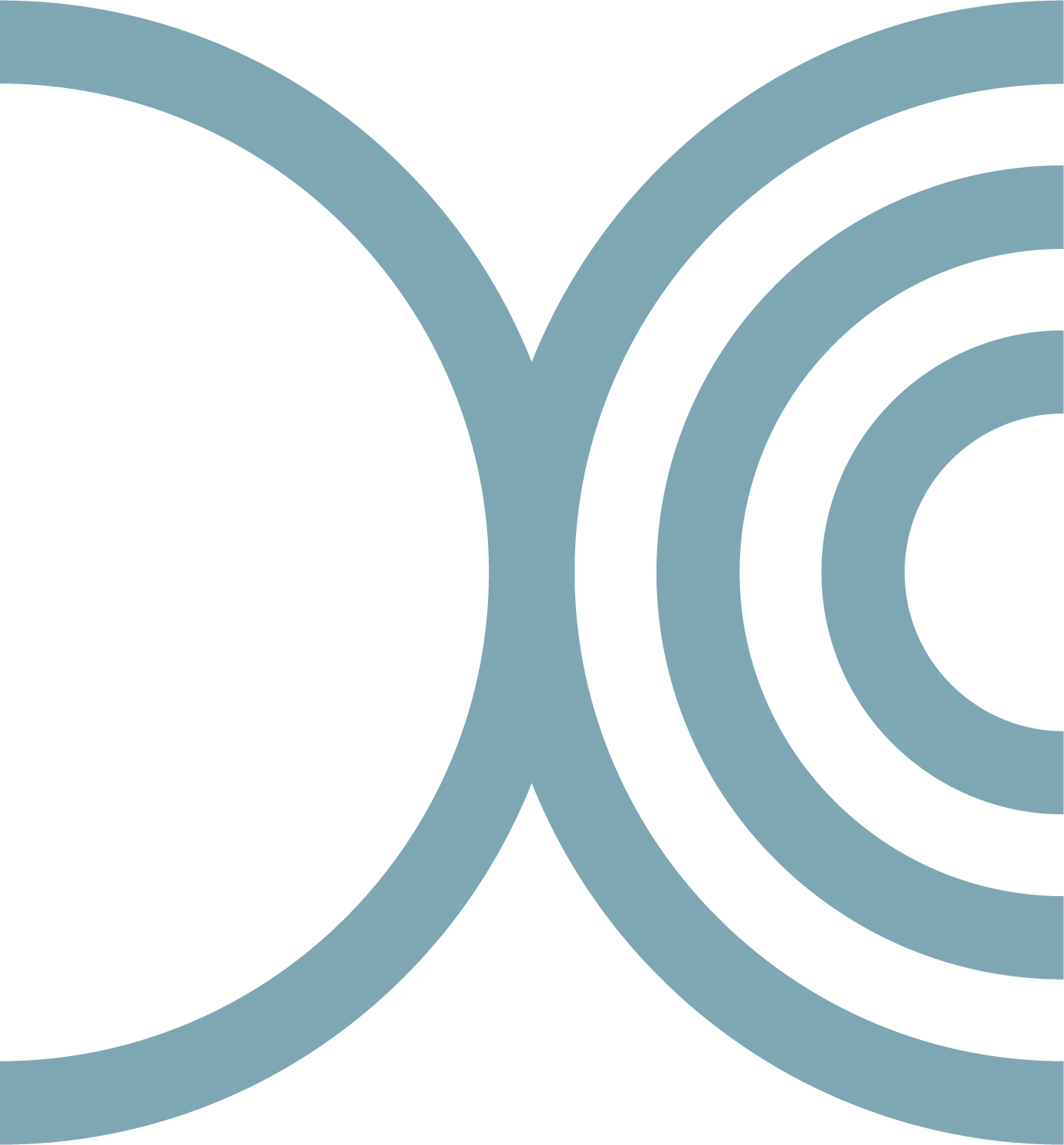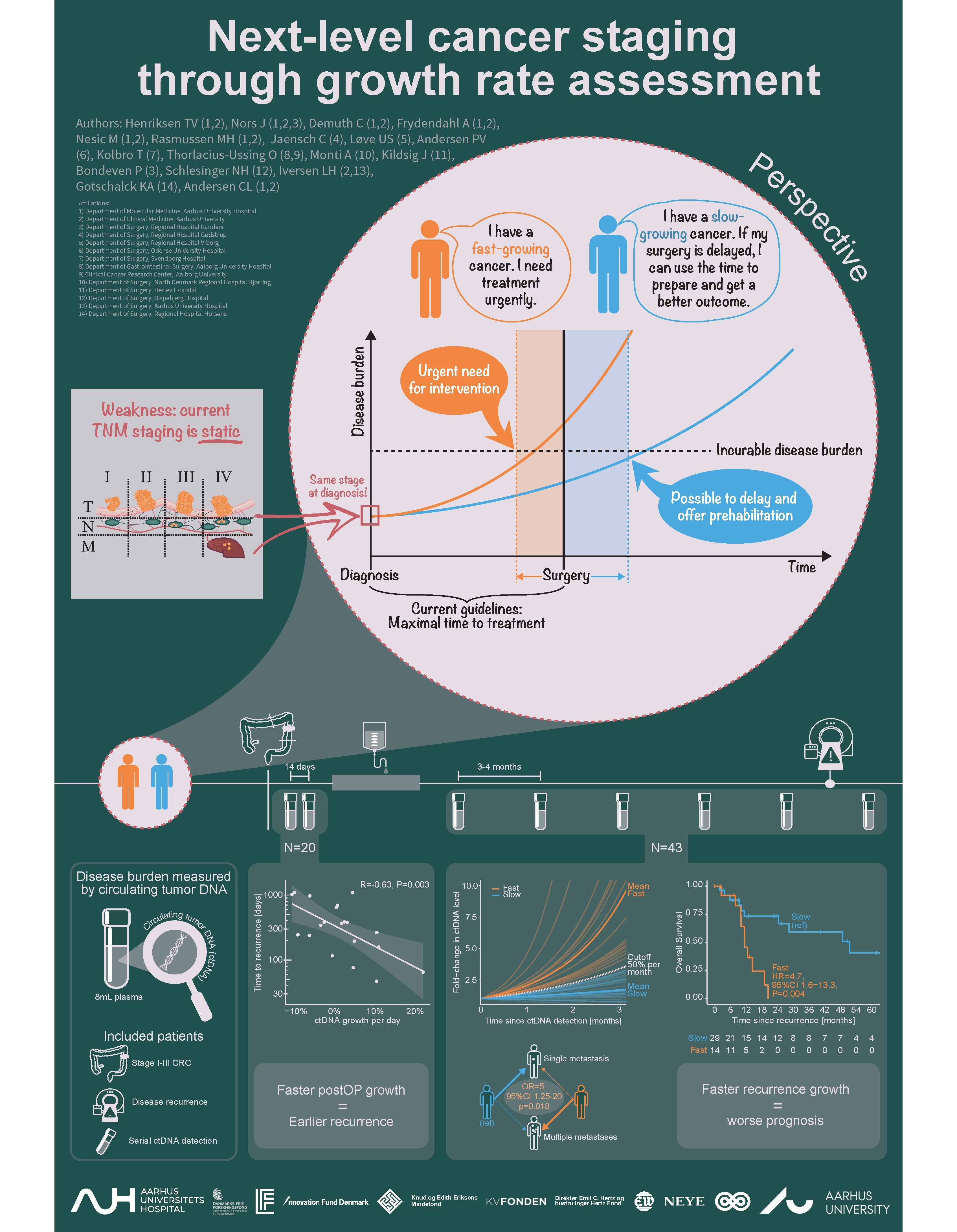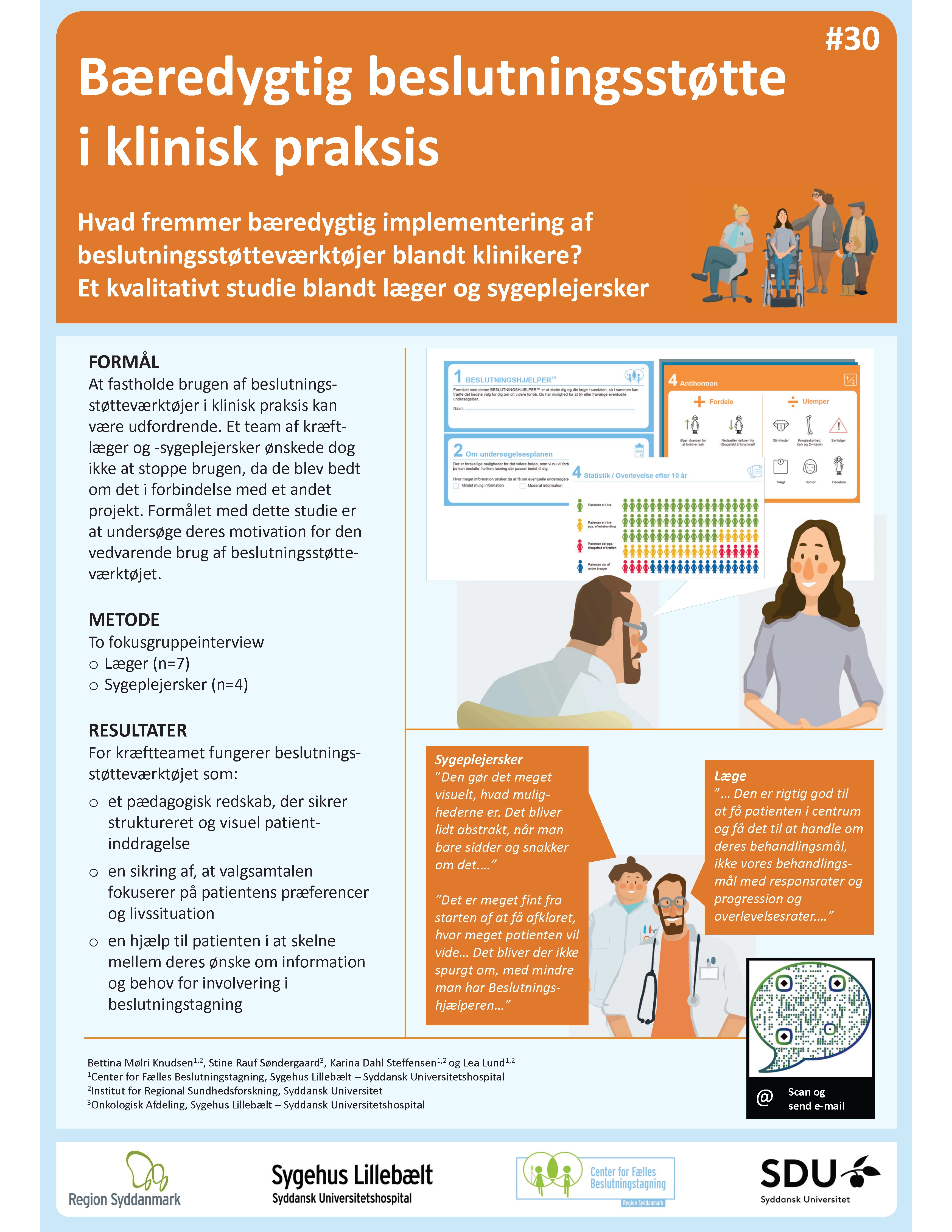As a poster presenter at Danish Cancer Research Days 2025, you will have a unique opportunity to present your research and reach a broad audience, including professionals across disciplines and specialties, decision-makers, patient representatives, and science journalists.
The aim of the postersession is to make the latest data in cancer research easily accessible to all participants at the conference.
A platform for effective and creative communication
The postersession is structured as guided poster presentations. Each presentation lasts 3 minutes and is followed by 2 minutes for questions. You will be part of a group of approximately 10 poster presenters, and moderators will guide participants through the presentations.
It is therefore mandatory that you are present and deliver your poster presentation during the conference session. Your presentation will also be considered as part of the evaluation for the ‘Best Poster Award’.
When presenting your research in a poster format, it is essential to consider communication from the outset. The poster session is not only an opportunity to present your findings, it also serves as a platform for creative and effective science communication.
Poster design - we recommend the #Betterposter format
To help you create a more effective poster, we recommend using the #Betterposter template. You can customise it to reflect your own research and communication style. The #Betterpsoter format was developed by Mike Morrison in 2018 and is designed to produce visually appealing posters that are easy to understand for both experts and non-experts. This makes it particularly well suited for the Danish Cancer Research Days, where the audience includes healthcare professionals across disciplines, as well as journalists, decision-makers, and patient representatives.
A recent study by postersession organisers Daniella Østergaard and Line Bentsen shows that the #Betterposter format outperforms more traditional poster layouts, particularly in terms of first impressions. Read the article here.
#Betterposter format
When designing your poster, you should focus on making your main messages and results clear and easy to spot. The poster should highlight the key findings without using too much text.
Advantages of the #Betterposter format:
- Enables clear and audience-friendly communication of scientific research
- Encourages conversation and interaction with the audience
- Makes it easy to identify key findings and messages at a glance
- More visually appealing due to the limited and well-structured text – the full abstract should not be included
- Provides space for more detailed data for those who engage more deeply with the content or speak with the presenter
- The core message of the research is communicated in the main section of the poster, while supporting text, graphs, tables, and figures are carefully selected to reinforce the main findings
Watch Mike Morrison’s video “How to create better research posters in less time” for useful tips on how to improve your poster.
Download the #Betterposter template version 2.0
Posters must be in A0 format and vertically oriented.
We have created a template in the correct size and format, adapted from APA’s 2023 template and Mike Morrison’s original 2018 version (How to create a better research poster in less time: #Betterposter Generation 1).
Download the updated template in the correct size and format.
FAQ for poster presenters
The FAQ provides practical information, formal requirements, and answers to everything you need to know before, during, and after the postersession.
Best Poster Award
The best poster presenter, who effectively communicates cutting-edge scientific knowledge in a clear and accessible way, will be honoured with the prestigious Best Poster Award at Danish Cancer Research Days.
Evaluation criteria for the Best Poster Award:
- A clear and well-structured visual presentation of strong scientific content
- An engaging and understandable oral presentation of the main points
- Originality in both the project and the way it is presented
- A poster that can stand on its own while also inviting dialogue
This means that the first impression should give a clear overview of the study’s context, aim, and key findings, and that the layout and visual elements should guide the reader through the content.
Read more about the Best Poster Award on the Abstracts and Posters page.


